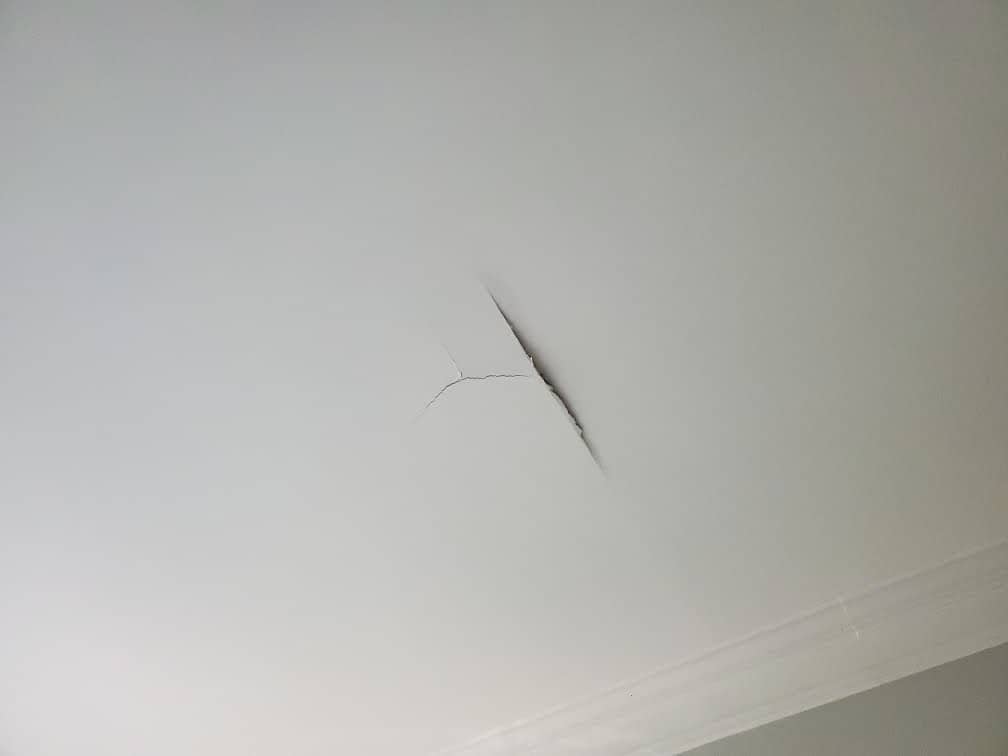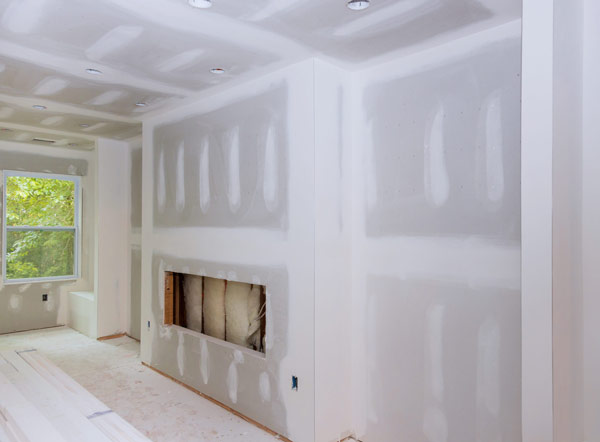Improve your home’s value with integrated Drywall Repair Ogden UT and painting services.
Discover the most effective Practices for Effective Drywall Repair Service and Setup
The art of drywall fixing and installation requires a blend of skill and precision. Grasping the crucial devices is essential for achieving a seamless finish. Understanding the step-by-step procedure can make a substantial difference in the last result. Appropriate strategies for taping and mudding are also vital. What stays is the understanding of maintenance that guarantees longevity. These components together produce a sleek outcome worth checking out better.

Important Devices for Drywall Fixing and Installment
When embarking on drywall repair service and installment, having the right devices can significantly boost the effectiveness and quality of the work. An energy knife is essential for cutting drywall sheets specifically, while a drywall saw can help in making more complex cuts. Taping blades, offered in various sizes, are essential for applying joint substance smoothly and uniformly. A drywall sander, preferably with a dirt collection function, assists achieve a sleek finish, minimizing the demand for substantial cleaning.
Additionally, a determining tape warranties accurate measurements, and a degree ensures that setups are straight and plumb. Safety and security gear, including dirt masks and safety glasses, should not be forgotten to safeguard versus debris and dust. Ultimately, a stud finder aids in finding mounting members, ensuring secure installment. By furnishing oneself with these crucial devices, the repair and installation process becomes more workable and results in a professional-quality result.

Step-by-Step Overview to Patching Holes
Covering holes in drywall needs a methodical technique to assure a smooth repair work. The area around the opening should be cleaned and any kind of loosened debris eliminated. For little holes, a putty blade can be used to apply a light-weight spackle, pressing it right into the hole and smoothing the surface. After it dries out, sanding is vital to create a level surface. For bigger holes, a patch of drywall might be needed. This involves reducing a piece of drywall a little bigger than the hole, safeguarding it to the wall with screws, and making use of joint compound to cover the joints. When the substance dries, it should be sanded smooth. Ultimately, topping the patched area prior to paint will certainly assure an even surface. Adhering to these actions will lead to a professional-looking repair work that mixes seamlessly with the surrounding wall.
Techniques for Smooth Drywall Setup
Attaining smooth drywall installation demands mindful preparation and execution. Initially, it is important to determine and reduce drywall sheets accurately to lessen voids. Making use of an energy blade, installers should score the board before breaking it along the cut line, guaranteeing tidy sides. Effectively aligning the sheets is important; beginning with the leading and working down helps maintain uniformity.
Attaching drywall to the studs requires constant spacing, commonly every 16 inches, using screws rather than nails for far better hold. This strategy reduces the danger of stands out with time. Additionally, staggering the seams between sheets improves structural stability and reduces the presence of joints.
Ultimately, using the right thickness of drywall for particular areas-- such as moisture-resistant enters bathrooms-- further adds to a flawless finish. Complying with these methods will result in a professional-looking and smooth installment, establishing the phase for the succeeding completing processes.
Finishing Touches: Taping and Mudding
Completing touches, such as mudding and taping, play an essential duty in attaining a refined drywall surface. Insulation entails using a thin strip of drywall tape over the joints and joints, making certain a smooth look. This process helps prevent cracks and develops a strong bond between drywall sheets. It is essential to select the best sort of tape, with paper and fiberglass fit together being the most typical choices.
Mudding, or applying joint substance, follows taping. This substance fills out voids and smooths out the surface area for an uniform coating. It is normally applied in several layers, with each coat needing to completely dry before fining sand. Correct method entails feathering the edges to blend the substance right into the surrounding drywall, lessening visibility.
When completed appropriately, taping and mudding improve both the architectural and visual honesty of the drywall installment, resulting in a professional-quality surface.
Tips for Maintaining Your Drywall After Installment

Furthermore, maintaining a regular indoor moisture level can protect against warping or mold and mildew growth. Making use of a dehumidifier in moist areas, like cellars, is recommended. It's additionally valuable to regularly paint areas that reveal wear, as this protects the underlying material. Ultimately, when moving furniture or mounting fixtures, caution needs to be exercised to stay clear of damaging the drywall. By following these maintenance pointers, property owners can expand the life of their drywall, safeguarding it stays an eye-catching feature of their interiors.
Often Asked Inquiries
What Safety Gear Is Necessary for Drywall Repair Work and Setup?
For drywall fixing and installment, important security equipment consists of safety and security goggles to safeguard eyes, dust masks to avoid breathing of fragments, handwear covers for hand protection, and knee pads for comfort during prolonged kneeling. Drywall Installation Ogden Utah.
Exactly how Do I Determine the Drywall Thickness Needed for My Project?
To identify the drywall thickness needed for a job, one must think about the wall surface's structural demands, neighborhood structure codes, and the planned usage of the room, generally choosing 1/2-inch or 5/8-inch drywall.
Can I Repair Drywall Without Removing Furniture From the Space?
Yes, drywall can be repaired without getting rid of furniture from the room. Mindful planning and protective measures can decrease mess, permitting efficient repair services while keeping surrounding items secure from dirt and damages throughout the procedure.
What Sorts of Drywall Are Ideal for Various Atmospheres?
Moisture-resistant drywall is suitable for kitchens and bathrooms, while soundproof drywall matches shared wall surfaces in houses. Fire-rated drywall is best for garages, and conventional drywall works well in basic living locations, making sure toughness and suitability for various settings.
The length of time Does It Consider Drywall Mud to Dry Completely?
Drywall mud generally takes 24 to 2 days to dry completely, relying on aspects like humidity and temperature level (Drywall Repair Ogden UT). Thicker applications may need longer drying times, while thinner layers can dry out faster. Proper air flow help drying
The art of drywall repair and installation requires a mix of skill and precision. When taking on drywall repair service and installment, having the right tools can greatly improve the efficiency and top quality of the work. An energy knife is essential for cutting drywall sheets precisely, while a drywall saw can aid in making a lot more elaborate cuts. Attaining seamless drywall installation needs mindful planning and execution. Moisture-resistant drywall is ideal for cooking areas and shower rooms, while soundproof drywall suits shared wall surfaces in homes.